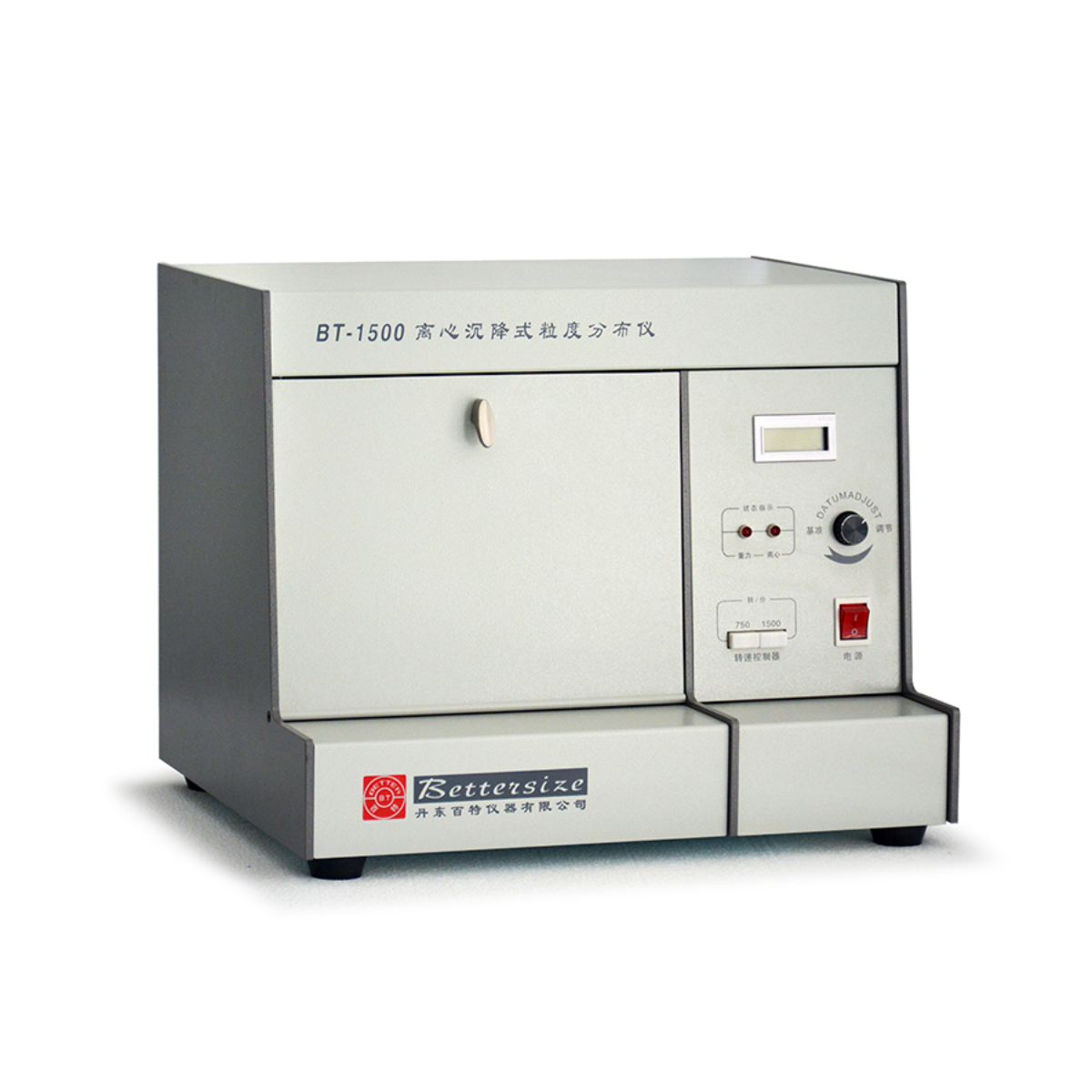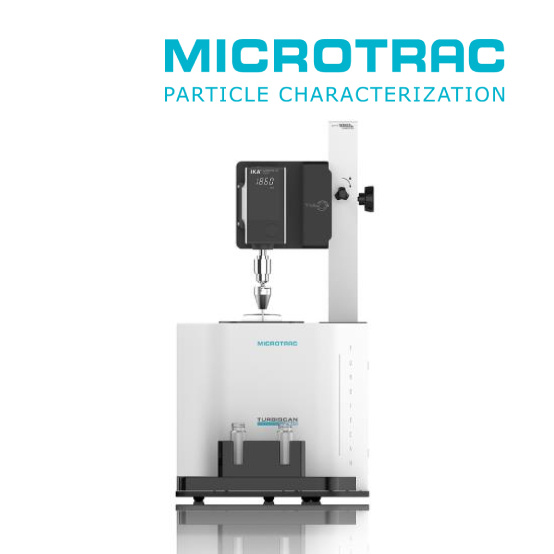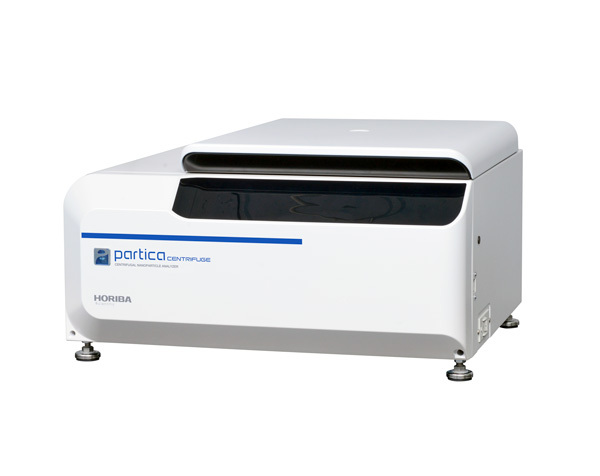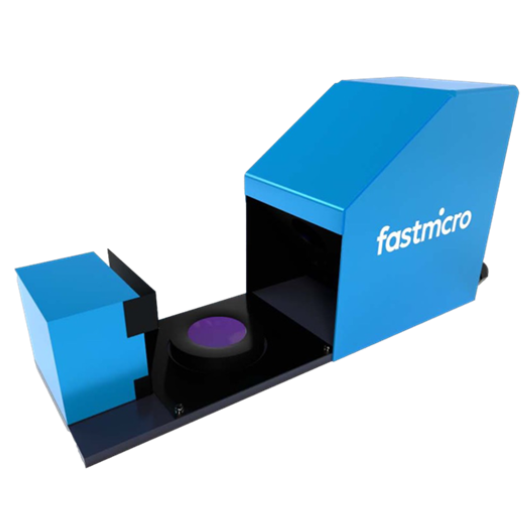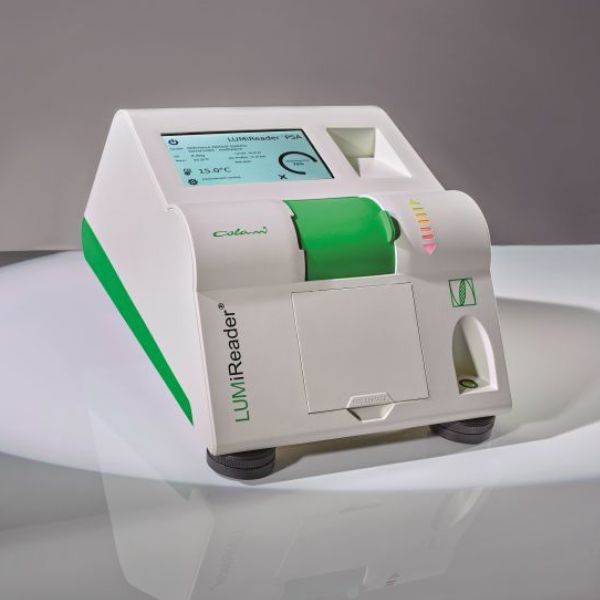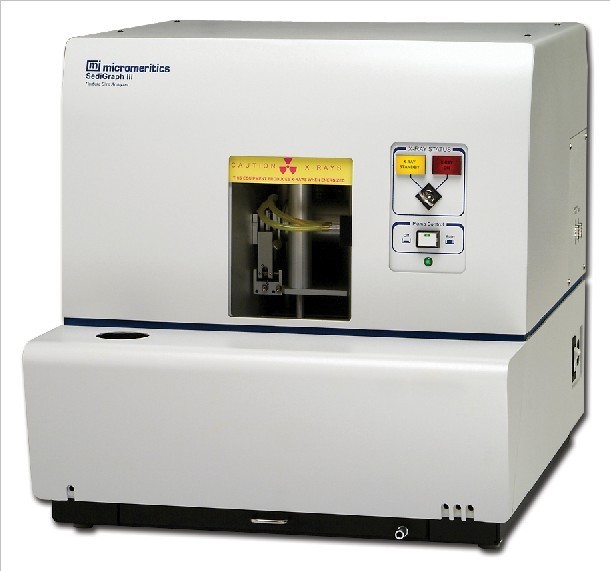
沉降法分析是基于Stokes原理的一种方法,提供了一种确定颗粒粒径分布的便捷方法。单个的颗粒(非多孔型)球在一种流体内进行沉降运动,沉降的速度与其粒径息息相关。SediGraph 5120就是一台使用沉降法测试颗粒粒径分布的仪器,通过测试在不同颗粒在已知性质的液体中由于重力作用而产生的不同的沉降速度来确定颗粒粒径。本文通过对非多孔型材料粒径的研究入手,对多孔型材料粉末的粒径进行了研究。
方案详情

麦克默瑞提克(上海)仪器有限公司Micromeritics Instrument (Shanghai) Ltd.The Science and Technology of Small Particles"、TM上海民生路550号1505-1509室, 邮编200135 Suite 1505-1509, 550 Minsheng Rd., Shanghai, P.R. China 200135www.micromeritics.com www.micromertics.com.cn t.sina.com.cn/micromeritics Application Note Application Notes 使用X光沉降粒度仪研究多孔粉末的粒径 摘要 沉降法分析是基于 Stokes 原理的一种方法,提供了一种确定颗粒粒径分布的便捷方法。单个的颗粒(非多孔型)球在一种流体内进行沉降运动,沉降的速度与其粒径息息相关。SediGraph 5120 就是一台使用沉降法测试颗粒粒径分布的仪器,通过测试在不同颗粒在已知性质的液体中由于重力作用而产生的不同的沉降速度来确定颗粒粒径。本文通过对非多孔型材料粒径的研究入手,对多孔型材料粉末的粒径进行了研究。 Particle Size Determination of Porous PowdersUsing the SediGraph Sedimentation analysis based upon Stokes’Law provides a convenient method for determining particlesize distribution (PSD). A single solid (or nonporous) sphere settling in a fluid has a terminal settlingvelocity which is uniquely related to its diameter. The SediGraph determines particle size distributionsusing the sedimentation method. By measuring the gravity-induced settling velocities of different sizeparticles in a liquid with known properties, the particle sizes are determined. The rate at which nonporousparticles fall through a liquid is described by Stokes'Law as where Dst =Stokes' diametern = fluid viscosity = density of the solid density of the liquid settling velocity g acceleration due to gravity The measured particle size distribution is a function of the particle skeletal density. The skeletal density isdefined as the mass of discrete pieces of solid material divided by the volumes of the pieces and closed(or blind) pores within the pieces. Such information is easily obtained with a helium pycnometer. How-ever, for most pure materials the handbook value for density is quite sufficient. A fully wetted porous particle settling in a liquid has an effective density different from the skeletal den-sity. The effective density is a linear combination of the particle percent porosity times the density of thefluid plus (100%-% porosity) times the particle skeletal density. In the form of an equation, this state-ment becomes where = effective sedimentation density for a particle with open poresP= percent open porosity of the particle = density of sedimentation fluid = skeletal density of the nonporous particle A powdered Si/Al catalyst substrate serves as a good example. The skeletal density of this material is 2.60g/cm’. The SediGraph particle size distribution is shown in Figure 1. Figure 1. SediGraph PSD for Si/Al catalyst powder using a skeletal density of 2.60 g/cm'. This analysis assumed the particle to be nonporous. Actually the material is 59% porous. In order to ob-tain an accurate PSD, the sedimentation density must be changed to 1.65 g/cm’. This is calculated as fol-lOWS: where 0.99 g/cm is the density of the sedimentation fluid (in this example, water at 35 C) which occu-pies the pore volume of the powder and 41% is the solid volume of the settling particle of the knownskeletal density of 2.60 g/cm . Figure 2 shows the SediGraph PSD obtained using an effective sedimenta-tion particle density of 1.65 g/cm’compared to the curve of Figure 1. Figure 2. SediGraph PSD for Si/Al catalyst powder using (+) a sedimentation densityof1.65 g/cm'and (*) using a sedimentation density of 2.60 g/cm’. Using a density of 1.65 g/cm’yielded a coarser particle size distribution. The mass median diameter, dso,increased from 40.9 to 64.0 mm (micrometers). SediGraph particle size distributions are important quality control tools for powder processing. As indi-cated by the curves shown in Figure 2, SediGraph particle size analysis of porous powders must involvedensity correction for the powder porosity. This fact can be crucia to the production control of porousaluminas from alumina trihydrate(ATH). ATH is a nonporous powder with a skeletal density of 2.42 g/cm. Calcination of ATH causes loss of wa-ter with a resultant increase in skeletal density and the creation of porosity. A sample of ATH and the cal-cined product derived from it were analyzed on the AccuPyc, SediGraph, and AutoPore. The calcinedproduct showed a skeletal density of 2.9265 g/cmand a 35% porosity. Figure 3 compares the SediGraph PSDs for the calcined product when analyzed first as if it were a non-porous powder and then as a powder having a 35% porosity. The sedimentation density for the nonporousanalysis was 2.92 g/cm’while the sedimentation density for the porous model was 2.05 g/cm’. The po-rous model has a coarser distribution. The summary data are presented in Table 1. Figure 3. The SediGraph PSDs for the calcined product using (*)a density of 2.05 g/cmand (+) a density of 2.92 g/cm'. Table 1. Summary Data Material Density (g/cm) Mass Median Diameter (mm) ATH 2.42 8.12 Calcined 2.926 6.07 Calcined (35% porous) 2.05 8.21 Figure 4 displays the two curves of Figure 3 overlaid with the SediGraph Particle Size Distribution of theoriginal ATH. The mass median diameter of the ATH was 8.12 mm. The curve for the calcined material(35% porous) overlays the ATH curve almost exactly. Figure 4. SediGraph PSDs (0) the precursor ATH, (+) the calcined powder,nonporous model, and (*) the calcined powder, porous model. The calcination of ATH should not greatly alter the particle size distribution of the resultant product. Ifthe porosity generated by the process is not included in the analysis, then it appears that the calcinationhas indeed altered the particle size distribution; this is known to be untrue. If the porosity of the calcinedproduct is taken into account in the particle size analysis, then the calcined product is seen to have thesame particle size distribution as the starting material. The percent porosity of any powdered material canbe obtained quickly using mercury intrusion porosimetry, as discussed in Micromeritics’ApplicationNote No.83. MIC China One Micromeritics Drive, Norcross, Georgia . ( www.micromeritics.com
确定
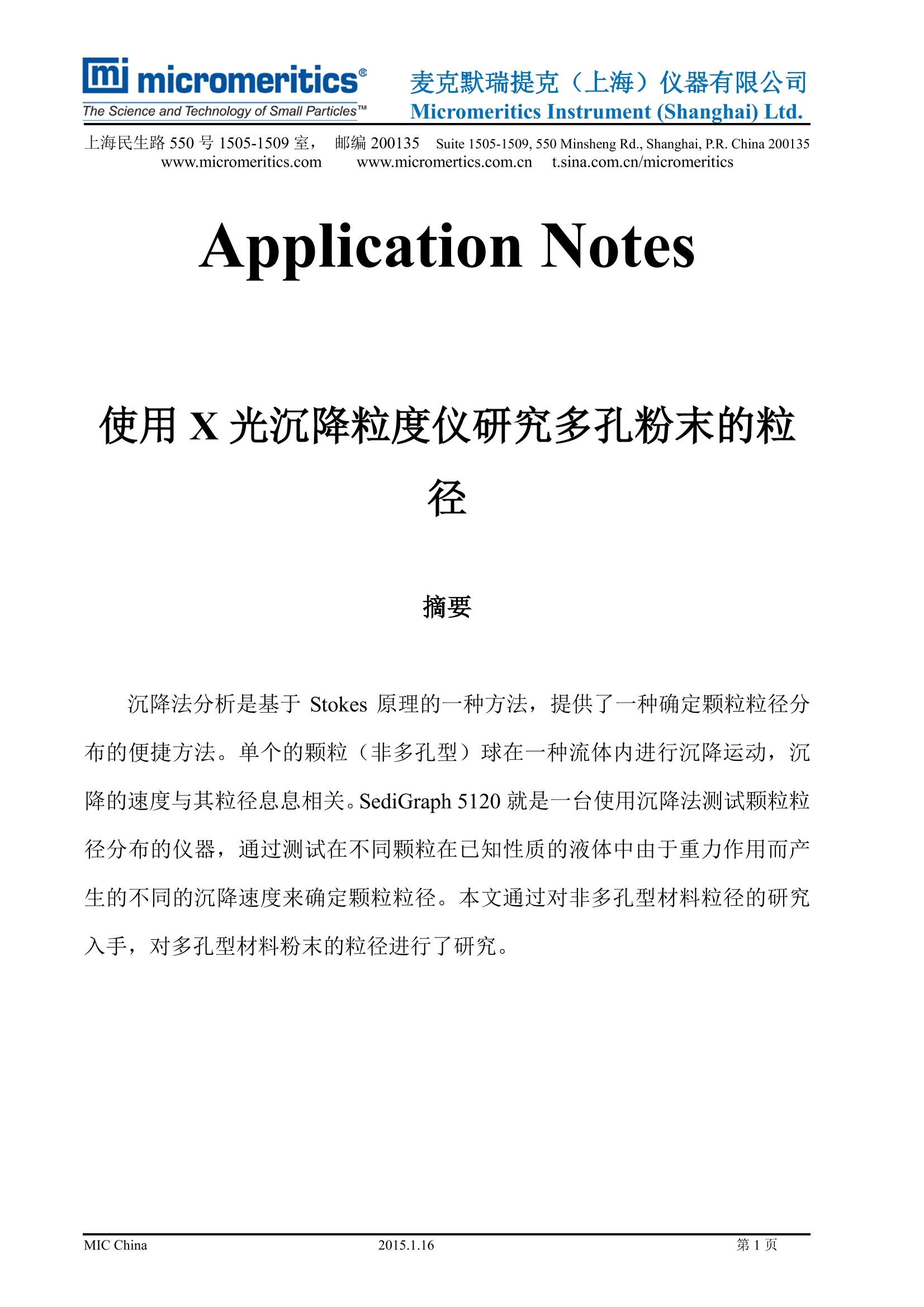
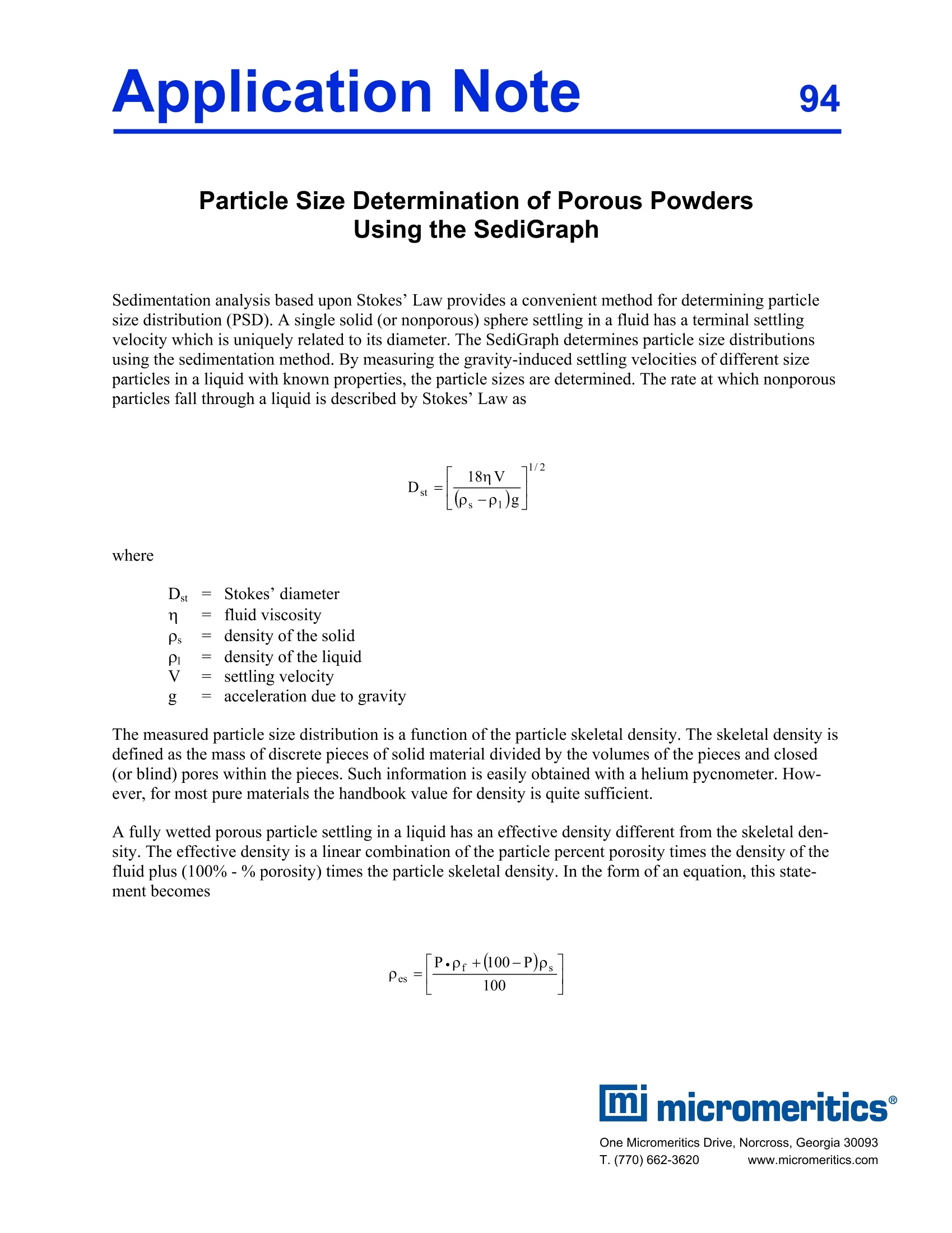
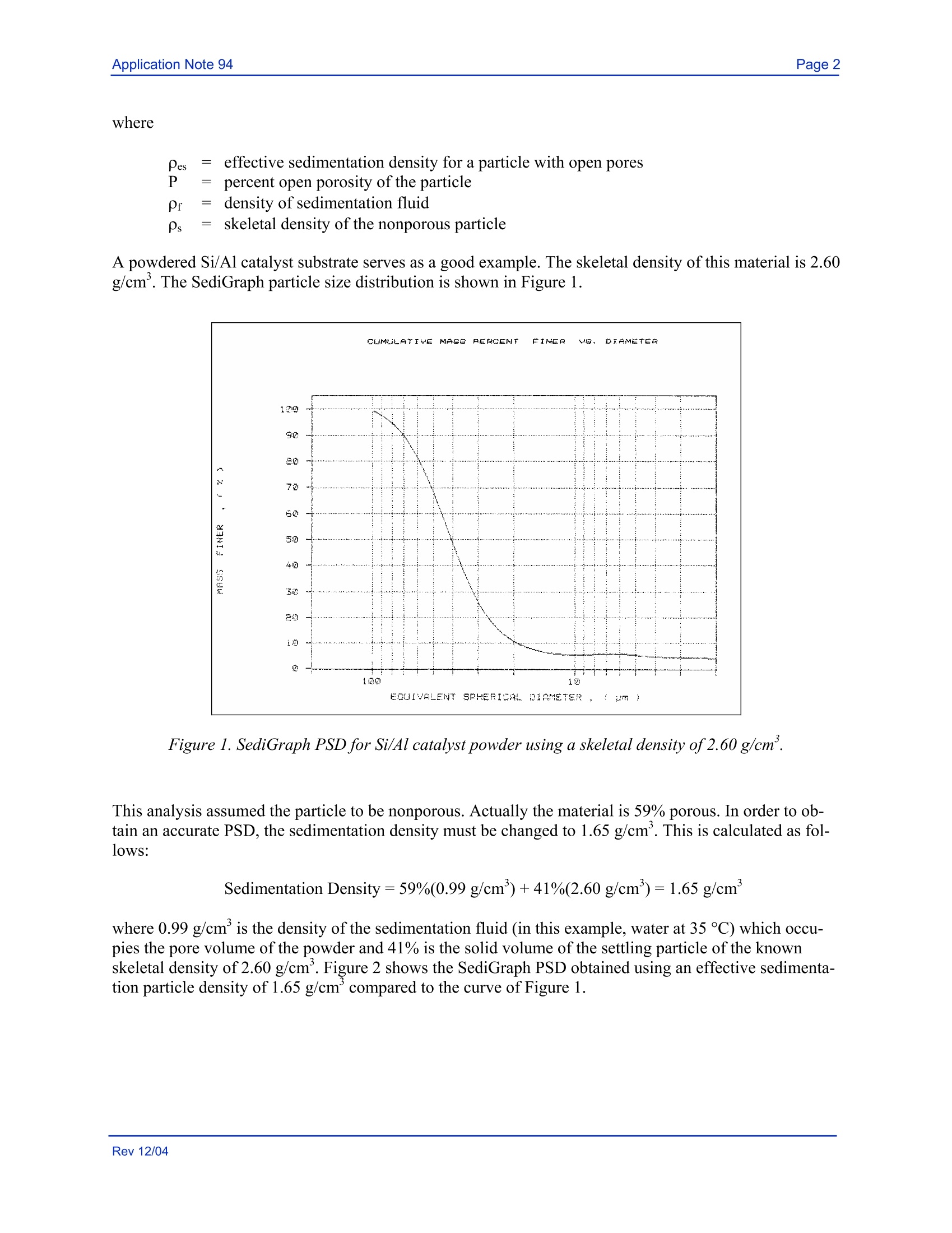
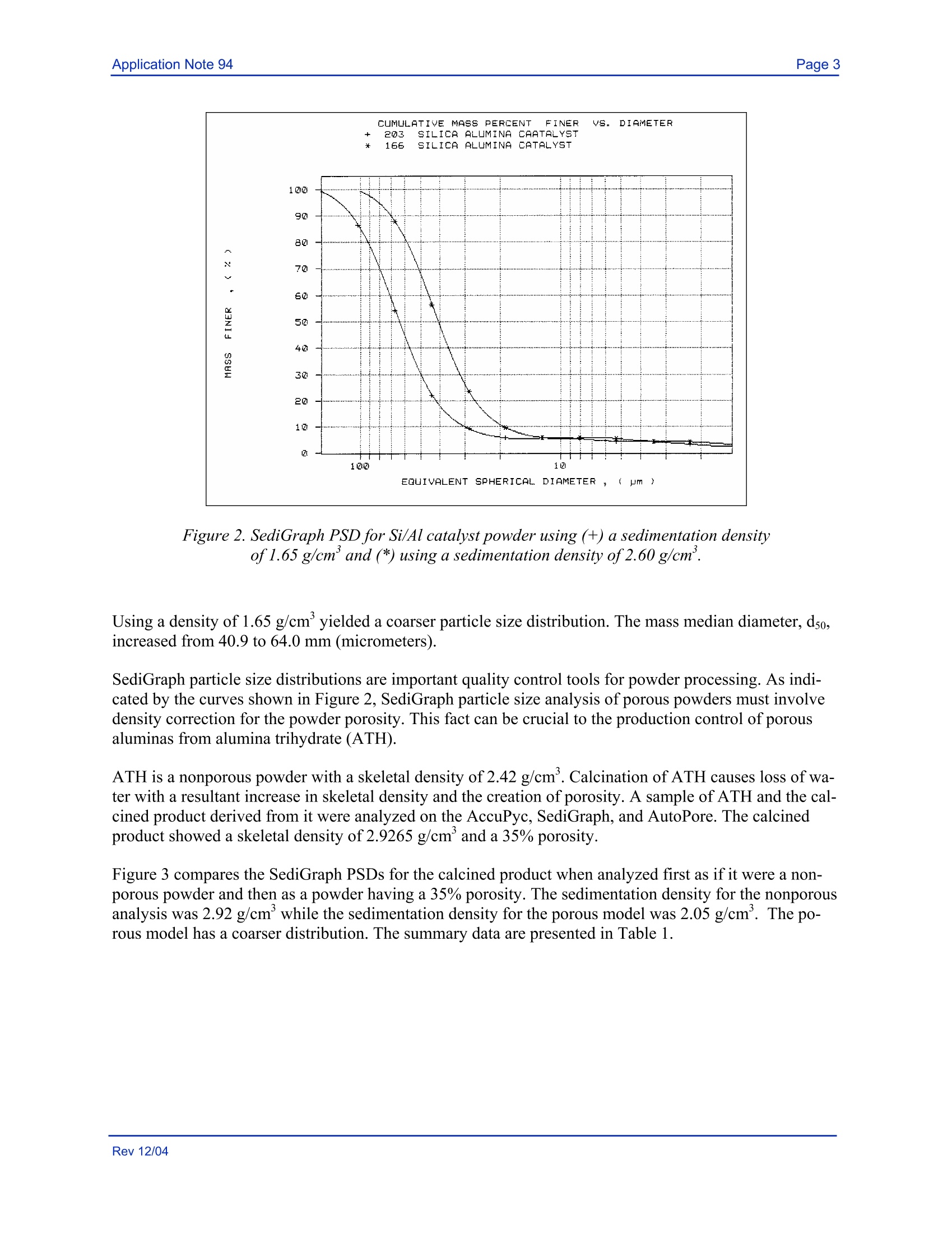
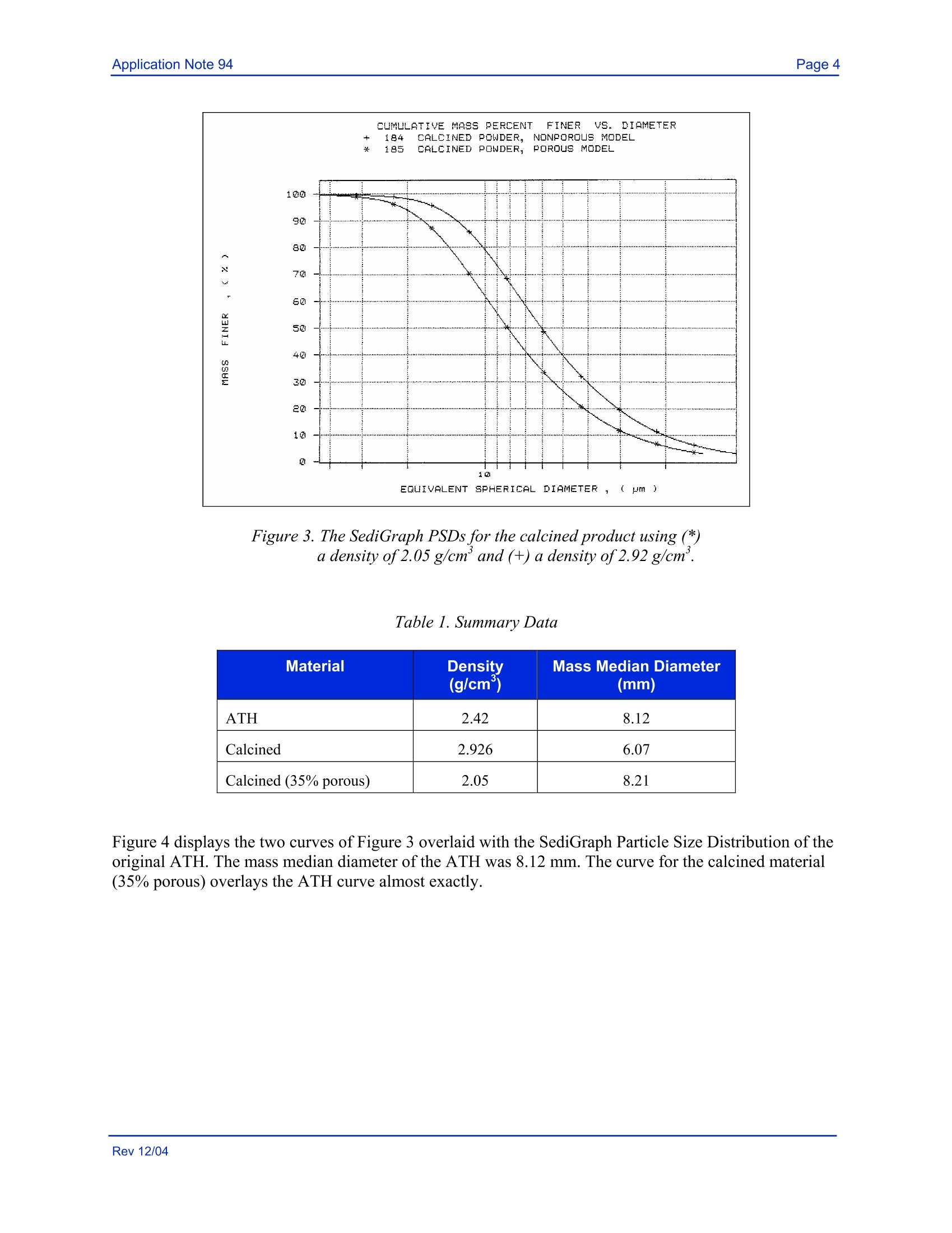
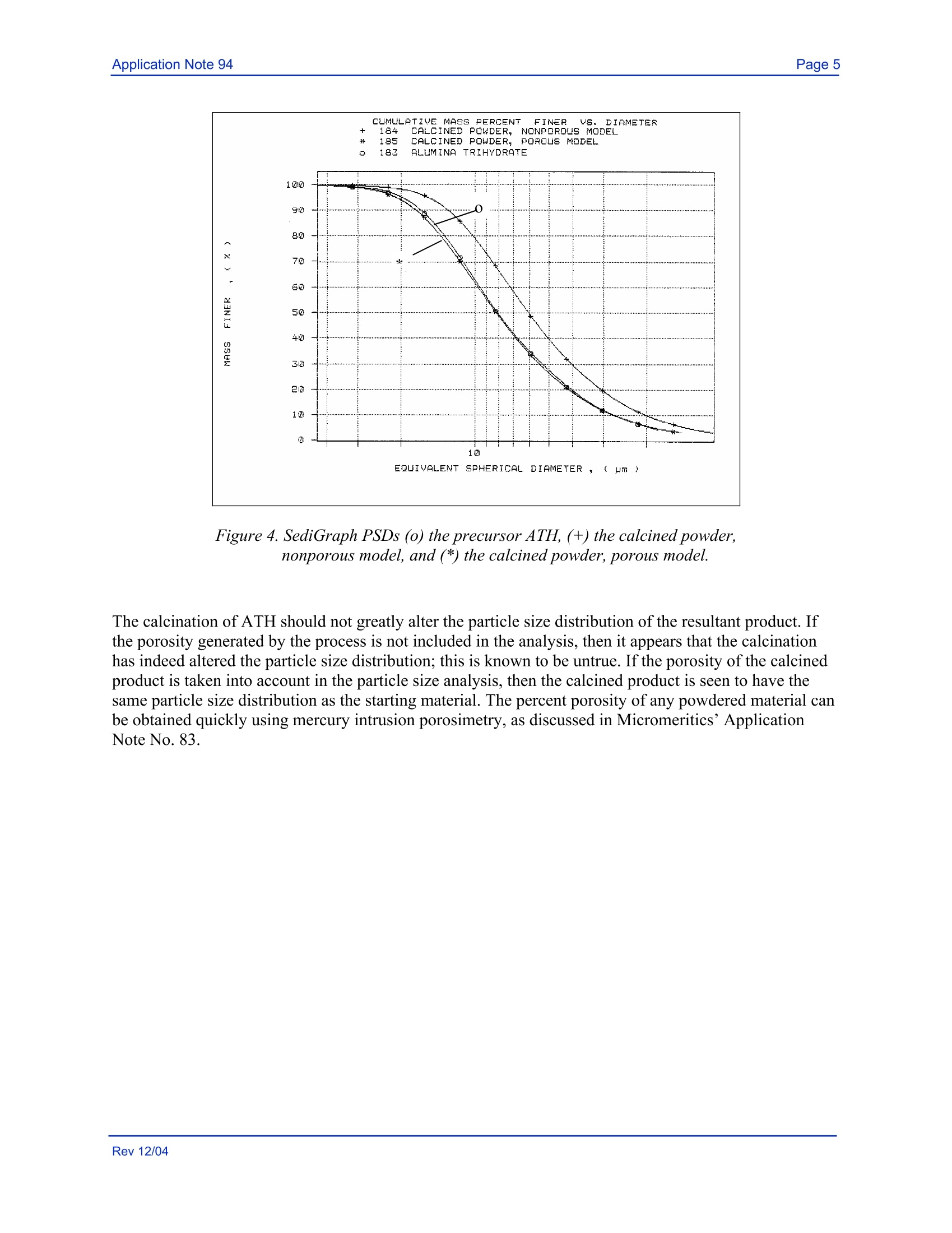
还剩4页未读,是否继续阅读?
麦克默瑞提克(上海)仪器有限公司为您提供《使用X光沉降粒度仪研究多孔粉末的粒径》,该方案主要用于其他中--检测,参考标准--,《使用X光沉降粒度仪研究多孔粉末的粒径》用到的仪器有全自动Χ光沉降粒度分析仪SediGraph Ⅲ Plus
推荐专场
相关方案
更多










